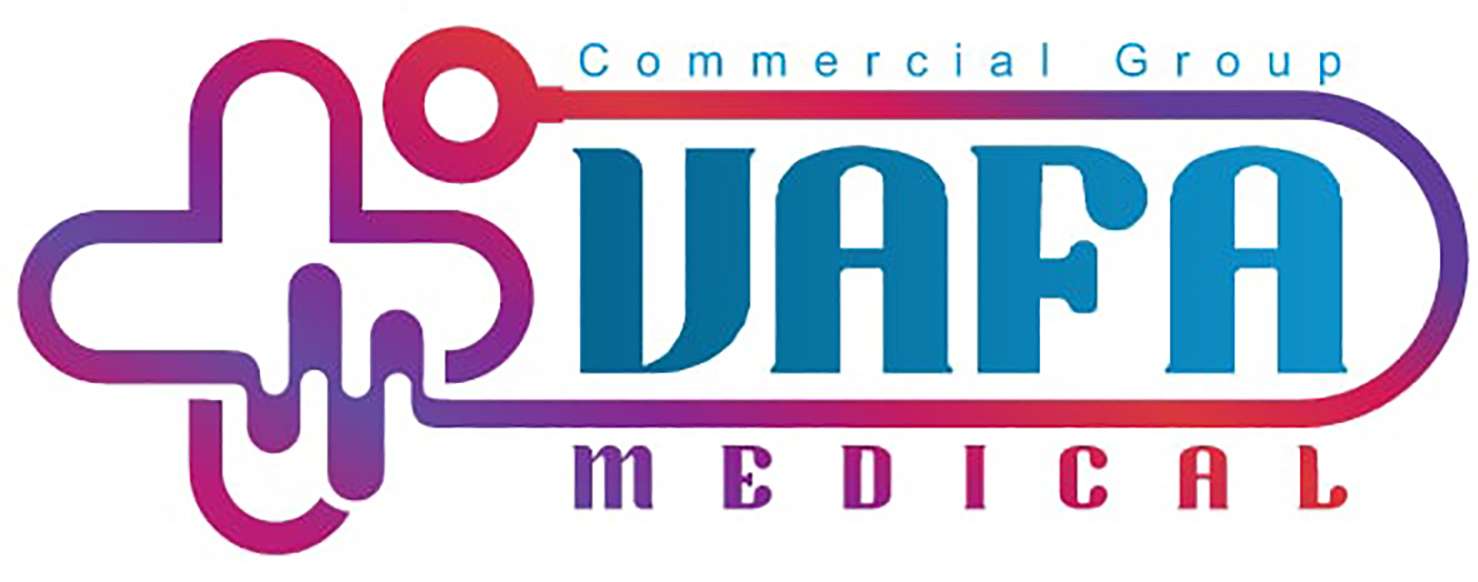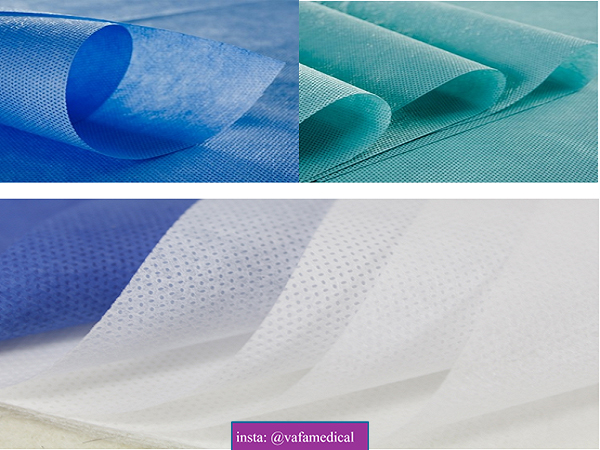Spunbond fabric has become a cornerstone in various industries due to its lightweight structure, durability, and cost-efficiency. Whether you’re running a manufacturing unit, retail business, or even a craft project, finding affordable spunbond fabric for large orders and retail purposes can significantly impact your budget.
In this comprehensive guide, we’ll explore everything you need to know about nonwoven fabric, its applications, and how to secure the best deals for both bulk and retail purchases.
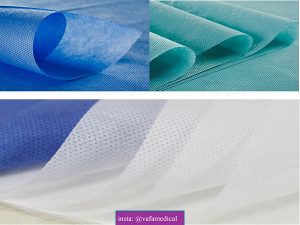
What Is Spunbond Fabric?
Spunbond fabric is a type of nonwoven material produced using polypropylene or polyester fibers. It is created through a process of melting and extruding the polymer into thin fibers, which are then bonded together using heat and pressure. This results in a durable, lightweight, and versatile fabric that has become widely popular in various industries.
Key Features of Spunbond Fabric
- Lightweight: Easy to handle and transport.
- Breathable: Allows air circulation, making it ideal for disposable medical and hygiene products.
- Durable: Resistant to wear and tear, even with regular use.
- Water-Resistant: Provides protection against liquids and moisture.
- Eco-Friendly Options: Biodegradable and recyclable varieties are available.
Applications of Spunbond Fabric
nonwoven fabric is widely used in several industries, thanks to its versatility and cost-effectiveness.
1. Healthcare and Hygiene
Spunbond fabric is a staple in the healthcare sector, where it is used for manufacturing:
- Surgical gowns and caps
- Face masks
- Hospital bed sheets
- Disposable aprons
2. Agriculture
In agriculture, spunbond fabric acts as a protective barrier for crops, helping to:
- Shield plants from pests and UV rays
- Maintain consistent moisture levels in the soil
- Promote seed germination
3. Packaging
The durability of spunbond fabric makes it a popular choice for eco-friendly packaging solutions, including reusable bags and protective covers for goods.
4. Furniture and Upholstery
nonwoven fabric serves as an underlining material in furniture to enhance durability and aesthetics.
5. Fashion and DIY Projects
From tote bags to promotional giveaways, the fabric is a favorite among designers and crafters for its flexibility and affordability.
Factors Affecting the Price of Spunbond Fabric
The price of nonwoven fabric can vary depending on several factors. Understanding these elements will help you make an informed purchasing decision.
1. Weight and Thickness (GSM)
The weight of the fabric, measured in grams per square meter (GSM), impacts its durability and price. Fabrics with higher GSM are thicker and more durable, often costing more.
2. Raw Material Costs
The cost of polypropylene or polyester used in production plays a significant role in determining the fabric’s price.
3. Order Volume
Buying in bulk often leads to significant discounts. Retail prices are usually higher due to smaller order volumes.
4. Customization
Custom orders, such as specific colors, patterns, or branding, can increase costs due to additional manufacturing processes.
5. Shipping and Import Fees
If you’re sourcing nonwoven fabric from international suppliers, shipping fees and taxes can influence the final price.
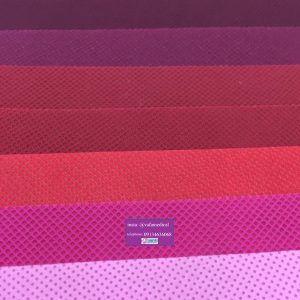
How to Find Affordable Spunbond Fabric for Large Orders
1. Compare Suppliers
Conduct thorough research to compare prices, reviews, and product specifications from various suppliers.
2. Negotiate Bulk Discounts
Most manufacturers offer discounts for large orders. Don’t hesitate to negotiate better pricing if you’re purchasing in high volumes.
3. Opt for Direct Manufacturers
Buying directly from manufacturers eliminates the markup added by intermediaries, leading to cost savings.
4. Utilize Online Marketplaces
Platforms like Alibaba, Amazon, and specialized B2B marketplaces provide a wide range of options for sourcing spunbond fabric at competitive prices.
5. Attend Trade Shows
Industry trade shows and expos offer a chance to connect with suppliers, see samples, and discuss pricing in person.
Tips for Buying Spunbond Fabric for Retail Use
Retail buyers often face different challenges compared to bulk purchasers. Here are some tips to secure the best deals:
1. Look for Smaller Quantities
Some suppliers cater specifically to retail customers by offering smaller quantity packages at affordable prices.
2. Prioritize Local Suppliers
Local suppliers can save you shipping costs and delivery time, which is particularly helpful for retail needs.
3. Check for Certifications
Ensure that the sponbond fabric meets industry standards and certifications for quality and safety.
4. Take Advantage of Seasonal Discounts
Many suppliers offer promotional deals during specific times of the year.
5. Explore Wholesale Retailers
Some wholesalers cater to both bulk and retail buyers, offering competitive prices for smaller purchases.
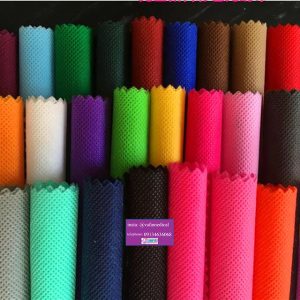
Why Choose Us for Spunbond Fabric?
If you’re looking for affordable nonwoven fabric with quality assurance, we provide:
- Competitive Prices: Direct-from-manufacturer pricing ensures cost efficiency for both bulk and retail orders.
- Custom Options: Tailor-made solutions to meet your specific needs.
- Fast Delivery: Reliable shipping services to ensure timely delivery.
- Sustainable Options: Eco-friendly nonwoven fabric for environmentally conscious buyers.
Sustainable Spunbond Fabric: The Future of Nonwoven Materials
As environmental concerns rise, the demand for sustainable sponbond fabric has grown exponentially. Biodegradable nonwoven options reduce waste and align with global sustainability goals. Choosing eco-friendly spunbond fabric not only supports the environment but also enhances your brand’s reputation as a responsible business.
FAQs About Buying Spunbond Fabric
1. What is the standard width of spunbond fabric rolls?
Most rolls come in widths ranging from 1 meter to 3.2 meters. However, customization is often available.
2. Can spunbond fabric be reused?
While spunbond fabric is designed for single-use in most applications, some thicker variants can be reused depending on the usage.
3. What is the minimum order quantity (MOQ) for bulk purchases?
The MOQ varies by supplier but typically ranges from 500 to 1,000 kilograms.
4. Is spunbond fabric water-resistant?
Yes, most spunbond fabrics are water-resistant, although specific treatments can enhance this property.
5. How do I store spunbond fabric?
Store the fabric in a cool, dry place away from direct sunlight to maintain its quality.

Conclusion
nonwoven fabric is an essential material in numerous industries, offering unmatched versatility and affordability. Whether you need large orders for industrial purposes or retail quantities for personal use, knowing how to navigate the market can save you time and money.
By understanding the factors that affect pricing, exploring reliable suppliers, and utilizing tips for bulk and retail purchases, you can secure the best deals without compromising on quality. Ready to place your order? Contact us today for affordable nonwoven fabric tailored to your needs!
